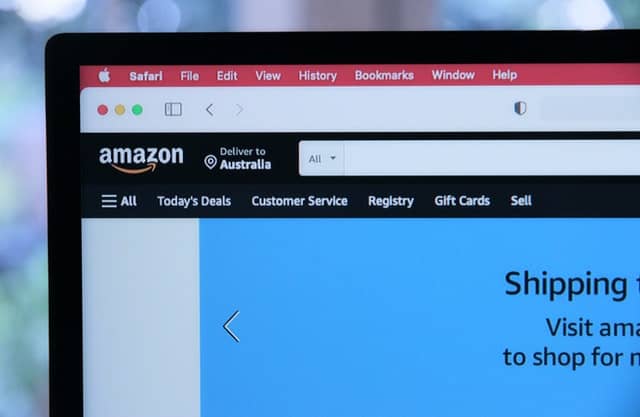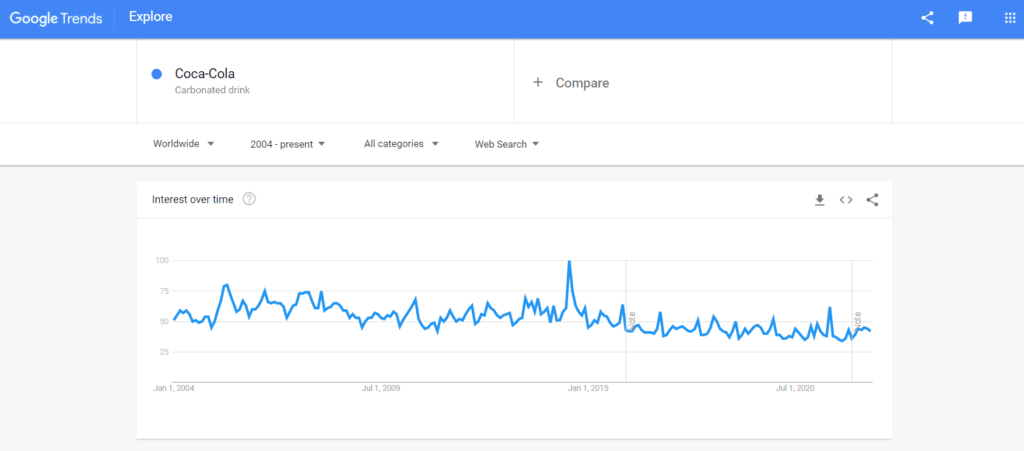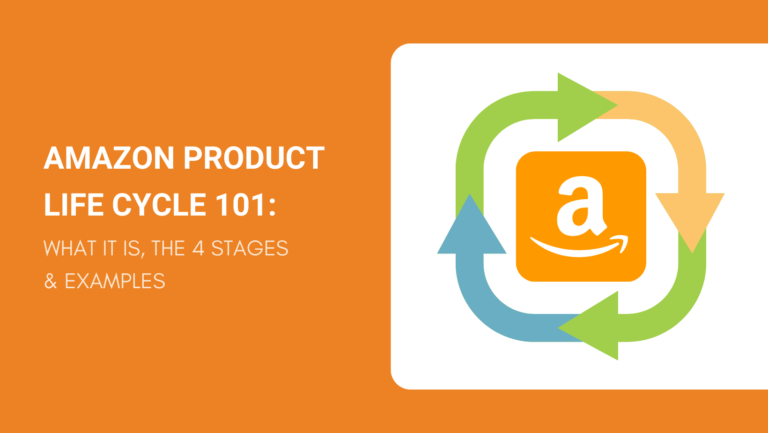Understanding the Amazon product life cycle and its stages is important for every Amazon seller and everyone who wants to launch their own private label brand.
The stage of a product’s lifecycle determines its demand, sales volume, competition, and, most importantly – ease of entry. So, when doing your Amazon product research, this is a big factor to consider.
How difficult will it be to bring a fresh product to market in the niche? Is there still space for improving a product, or is the market saturated with big players? How to properly plan your stock and funds for each stage of a product’s lifespan?
These are all questions that we will answer in this guide. So, let’s jump right in!
The Features of a Successful Product on Amazon
There are 3 main traits of what a successful product on Amazon looks like:
The Number of Product Reviews
Lots of product reviews usually equal a successful product on Amazon. However, if you’re researching a niche in terms of ease of entry, note that highly popular products will also have a lot of competition.
The Product Rating
The next trait you should look at is the product star rating. The minimum you should look for is 3.5 stars. This usually means that the product is in demand but there’s space to improve features – which can be perfect if you’re seeking a private label opportunity.
The Product Ranking (BSR)
Thirdly, we have the Best Selling Rank or BSR, which is Amazon’s way of ranking products in their category based on sales. The lower the rank, the more sales the product has. The scale goes from 1 to 1 million. Ideally, you want a product that has a product ranking of 50,000 or under.
Examining these traits is important for determining the ease of entry, potential sales volume, sales velocity, and competition. But, even more importantly, these features can help you with product lifecycle management on Amazon.

The 4 Stages of Amazon Product Life Cycle
Generally speaking, there are four main stages of the Amazon product life cycle: introduction, growth, maturity, and decline.
If you’re private labeling products, you might have another stage that goes first, in front of all the others, and that’s product development. This is the process of finding factories and getting your product manufactured.
However, for the purposes of this article, let’s stick to the aforementioned four main stages:
1. Introduction Stage
If you enter a market or a niche at this stage, the goal is to create demand for the product and introduce it to the market. These products are fresh and buyers often haven’t heard of them, don’t understand them, or don’t realize their value.
So, your focus will go towards building awareness for the new product and explaining its value. What makes it worth the money? What problems will the product solve?
During the introduction stage, you might not see an ROI right away. You might even work at a loss for a while until your audience is convinced to give the product a try.
Furthermore, the most important thing to focus on during this stage is quality. And, we refer to quality in terms of product and service. The best way to build customer loyalty and drive repeat purchases is by providing a great service.
Remember, first impressions matter, especially for a new brand that have never been seen before. If the first contact of a customer with your product or brand is bad, they won’t come back for more.
2. Growth Stage
During the growth stage of a product, the broad audience starts using it and realizing its value. As a result, more and more product manufacturers and brands selling the same product will pop up. For you, this means just one thing – more competition.
So, once your product enters the growth stage and you start noticing more Amazon private label sellers offering the same product, it’s time to improve and upgrade yours.
The growth stage is perhaps the most ideal stage to enter since there’s a high demand, but low risk and moderate competition. Those that have entered the market first with the pioneering product usually have the upper hand and can remain market leaders for longer. However, at this stage, the market demand still allows new players to join.
Finally, during this phase, don’t forget to plan for an increased stock demand. Ensure that your supplier can keep up with the demand or find backup suppliers.
3. Maturity Stage
The third stage of the Amazon product life cycle is the maturity stage. Once your product enters its mature stage, the market is saturated, making it difficult for new sellers to enter.
This is a stage with high competition, and sellers that remain at the top of their niche have to constantly innovate and upgrade their products to stay competitive.
During the maturity stage of a product niche, the scale tips and moves from a seller’s market to a buyer’s market. That means that buyers have a lot of options available and you have to fight a lot of other sellers for their attention.
As a way to gain a competitive advantage during the maturity stage, some sellers decide to lower their prices, while others improve their products to be able to justify their higher price.
4. Decline Stage
Lastly, the fourth stage of a typical Amazon product life cycle is the decline stage. Those lucky few that sell evergreen products might never enter this stage!
Note that most products will eventually go through a decline stage (unless you’re selling things like toilet paper or similar products for essential needs). The difference is that in some products it takes much longer than others. You should aim at finding products that won’t enter the decline stage in the next several years.
In any case, as soon as a product enters the decline stage, the interest of the buyers is lowered, and the sales start to drop. There’s less and less demand for your product.
The best things retailers and eCommerce owners can do in this scenario are to try to move their stock and sell products quickly so that they don’t end up with dead stock and high storage costs.
Usually, sellers drop the prices, organize huge sales, create bundles, and similar.
Trendy vs. Evergreen Products
It’s important to note that different types of products move through these four life cycle stages at different rates. You can use Google Trends to check the popularity of different search terms and their ups and downs throughout a set period.
Trendy or fad products are items that gain virality or become popular pretty quickly. They fly through introduction, growth, and maturity, but unfortunately, they also burn through the decline stage pretty quickly.
A great example of this is fidget spinners. If you look at the Google Trends screenshot below, you’ll notice that their demand peaked in May 2017, but then declined with the speed of light. This is a perfect example of a fad that isn’t good in the long term.

At the other end of the spectrum, we have evergreen products. These are products that reach the maturity stage and stay there for a long period, sometimes decades. They never enter the decline stage!
For comparison, let’s look at pet supplies as an evergreen product. Below is a Google Trends screenshot of the search term pet bed. You can notice that it had its ups and downs but overall, it stayed in steady demand throughout the years.

Although it might be tempting to jump on the wave and start selling a passing trend, avoid it if your goal is long-term success.
The Impact of an Amazon Product Life Cycle
These four stages of a product’s lifecycle have an immense effect on different areas of your business. They help you determine the demand and adjust your business operations accordingly.
Product Pricing
The demand and quality of the current products in the niche will determine the product pricing.
In the introduction stage, new products are priced based on their sourcing value plus an experimental profit margin.
Different brands choose different pricing strategies in this stage. Some tend to lower their price in an effort to attract customers, while others do the opposite and build a “luxury brand price”, in an attempt to cover their product development expenses.
However, as a product enters the growth stage, it must differentiate and justify a higher price. In the maturity stage, products usually maintain a competitive price based on similar products on the market.
And, finally, in the decline stage, when a product’s demand falls, we either have to lower the price or keep it up if there is scarcely any competition.
Inventory and Stock
A large portion of product lifecycle management aims toward optimizing stock levels and inventory storage costs.
In the introduction stage, stock levels can be difficult to predict. So, you might have to rely on historical data of similar products or analyze your competitors’ sales volume.
In the growth stage, your goal should be avoiding an out-of-stock scenario which can result in losing your Buy Box, customers, and product ranking. Naturally, unless we’re talking about a passing trend or fad, you should expect increased demand, and that means increasing your stock.
Once your product enters its mature stage, the rate and volume in which you sell products should stay consistent, which means stock levels should become easier to manage. At this stage, you should optimize your warehousing solutions and maintain a good inventory turnover ratio.
Finally, once the product enters its decline stage, you should think of inventory reduction and avoiding dead stock from piling up.
Marketing and Ad Spend
Finally, don’t forget to adjust your marketing expenses based on the lifecycle stage of your Amazon product.
At first, during the introduction stage, the majority of your ad spend will probably go toward building awareness and brand recognition, which is fine. At this stage, you need to properly position your product and demonstrate the value it provides to the buyers.
When your sales demand increases during the growth stage, you want to start A/B testing, segmenting, and optimizing your audiences. All with the goal of presenting the right offer in front of the right person. At this stage, naturally, you might want to increase your ad spend budget.
Once your product enters its mature stage, your marketing efforts need to focus on differentiating yourself from the competition. In this market stage, your product will be one among many others. So, to remain relevant, do ongoing market research and always improve your product.
Lastly, we have the decline stage. In terms of marketing expenses, here you need to cut your losses. Scale what works, and kill what doesn’t. Accepting that a product will eventually reach the end of its lifespan and being prepared and armed with the next winning product is crucial at this point.

FAQs about Amazon Product Life Cycle
Now, let’s go over some of the most frequently asked questions on the subject of the Amazon product life cycle.
What Are the 5 Stages of Product Life Cycle?
The five stages of a product’s lifecycle are:
- Development stage
- Introduction stage
- Growth stage
- Maturity stage
- Decline stage
Above, we explained four of these five stages of the typical Amazon product life cycle. The stage we skipped is the development stage, which in the case of Amazon sellers, is usually what the manufacturer or third-party supplier does.
The product development stage is exactly what it sounds like – finding a manufacturer, deciding on raw product materials, drafting your product design, prototyping a product, and everything else up to product launch.
What Are Some Product Life Cycle Stages Examples?
Here are some examples of products in each stage of their life cycle:
Introductory Stage Product Examples
Here, we could place AI and VR devices for home use, 3D TVs, IoT smart devices like Alexa or Siri, and similar technologies that are just taking off and haven’t reached their full potential yet.
In fact, we probably cannot even grasp yet what this technology can do.

Growth Stage Product Examples
An excellent example of a product in its growth stage is Tesla cars. There’s a proven demand for them that’s constantly increasing. Plus, there aren’t too many competitors that can brag about having the same performance.
Let’s take a look at the Google Trends report of this perfect example:

Maturity Stage Product Examples
There is no better example of a product in its maturity stage than Coca-Cola. Coke is the drink that never goes out of fashion, it’s evergreen.
For this reason, Coke will perhaps never leave the maturity stage. We can clearly see that on the Google Trends screenshot below:

Decline Stage Product Examples
Products that enter their decline stage signify a loss of interest and demand and a significant drop in sales. A great example of a product that entered the decline stage is Apple’s iPod. Take a look at the Google Trends screenshot below:

What Stage of the Product Lifecycle Is Amazon In?
Experts suggest that Amazon is still in its growth stage, as the eCommerce giant constantly launches new products, platforms, and services.
From their Alexa and Amazon Echo devices to the Amazon FBA services, it’s hard to predict what comes next.

To Sum Up
The market will always change and evolve. Nothing is permanent, and neither is the demand for your product. So, if you need help sourcing products to sell on Amazon, don’t hesitate to reach out for a free quote.
That’s precisely the idea of product lifecycle management – teaching you how to adjust your expenses, stock, pricing, and sales projections according to the stage your product’s in, with the single goal of preparing you and allowing you to plan and act in advance.
Hopefully, this Amazon product life cycle guide has helped you understand the four stages and the pros and cons that come with each.

